How Long Does a Goat Live on Your Farm [+ How to Tell His Age!]
Welcome! This article contains affiliate links, meaning I get a commission if you decide to make a purchase through my links, at no extra cost to you.
How long do goats live? Goats can live anywhere from a few years up to 20 years. Some goat classes live much longer than others! And there are many more goat lifespan nuances you need to consider.
Here’s what we mean!
Goats are known for their fiery yet cheery disposition, handsome figures, and athletic capabilities. And also the timeless staredowns with those weird-pupil eyes! Also, they are likely the oldest livestock species to be domesticated by humans.
It’s no wonder that goats have inspired various mythological characters, including several too frightening to behold. Or mention!
So yes, basically – goats are the stuff of legends.
Who would think that these fantastic creatures could be mortals? That’s why many of our homesteading colleagues ask about how long goats live.
Unfortunately, like any living being, goats have a limited natural lifespan. No matter how well you care for your goat tribe, the time will come when they leave this Earth. The only thing you can do for them is to take the best possible care of them while they’re with you.
In the meantime, let’s discuss the average goat lifespan in intricate detail.
Read on to find out what goat lifespan you can expect on your farm.
Also – this might be super useful if you’re considering buying your first goat – I’ll teach you a few secrets about how to tell a goat’s age.
What’s Inside:
Before We Begin – Read Our Goat Dictionary
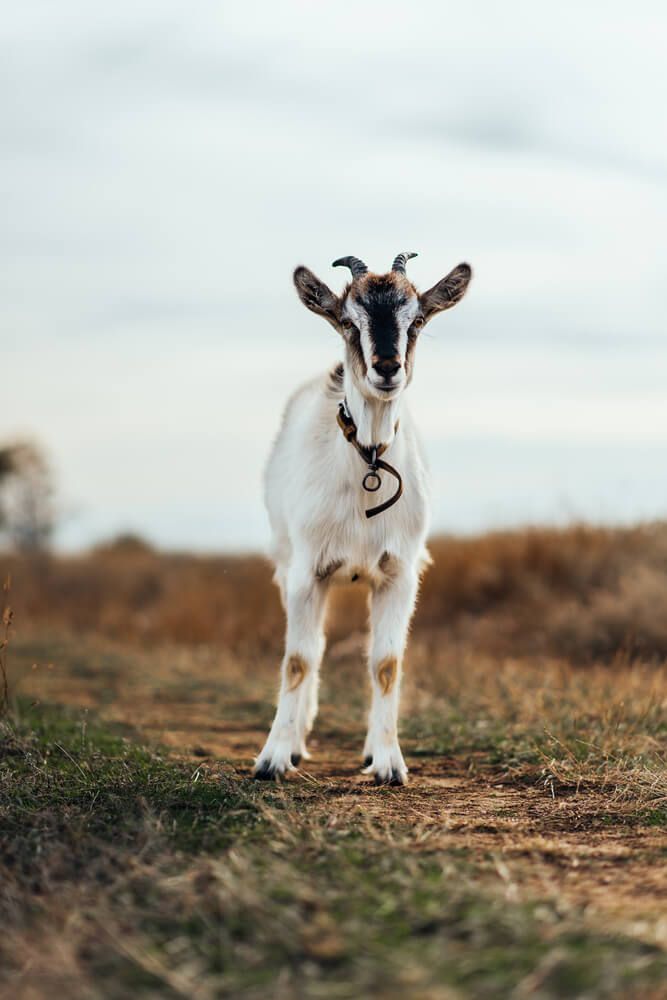
Goats are so unique that you might be unfamiliar with goat-related terminology unless you’ve already been working with them. To avoid any mixup, here is a short list of specific terms you’ll see repeating throughout this article.
- Buck – Male goat.
- Wether – Castrated male goat.
- Doe – Female goat.
- Kid – A young (well, yes – kid) goat under one year of age.
- Yearling – A young goat of about one year old.
- Tribe or trip – goat herd.
- (to) Run (a goat) – Breeding a goat.
So, How Long Does a Goat Live?
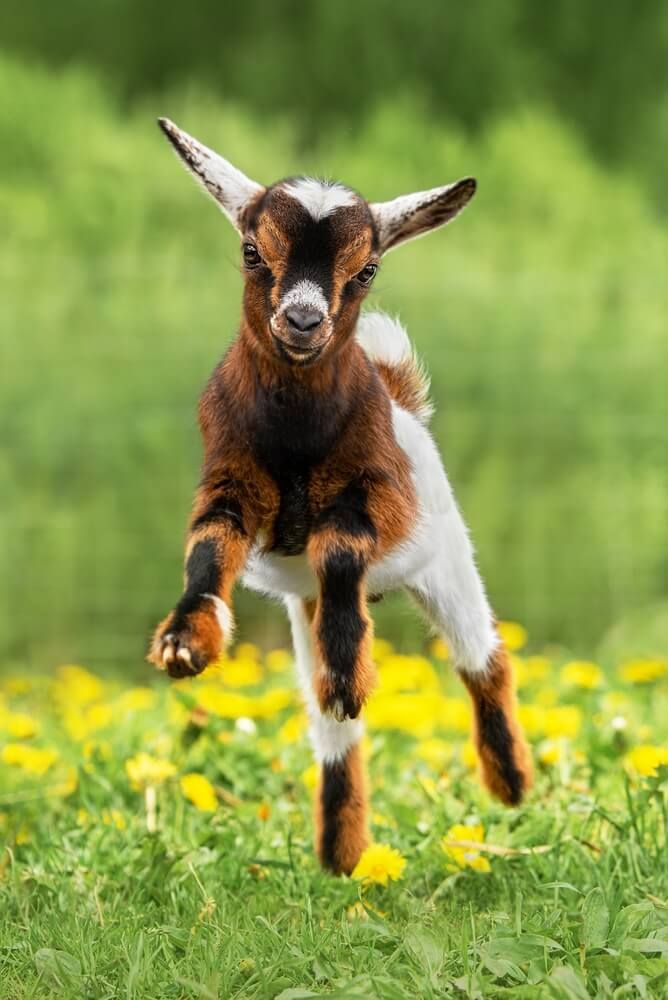
The goat’s lifespan depends on tribe care and management, as well as the goat’s sex – it can span between 5-12 years. With top care, a productive goat doe can live for 10-12 years and buck for 9-10 years. The chilled-out wethers suffer no reproductive stress and can live to be 11-16 years old, and does (female goats) retiring early, follow a similar pattern.
On the other hand, the life of the goats under poor care, left to their own devices, can last only about six years, while commercial farm goats might get culled at 4-6 years of age.
What Is the Oldest Goat?
Of course, sometimes, life goes against the statistics. Goats that reach the age of 20 are not unheard of or unimaginable.
The oldest goat on (Guinness World) record was called McGinty and reached the impressive age of 22 years and five months before passing in 2003.
How Long Do Goats Live as Free-Range Animals?
You may be surprised to learn that free-range goats have shorter average lifespans. By free-range here, I mean goat tribes that are (mostly) unmanaged. Since goats are resilient animals, it is attractive for some farmers to consider this effortless way of keeping them.
Although we usually associate the term free-range with a better quality of life for animals, unmanaged free-range goat operations might see their goats live five to six years on average. That’s nearly half less than their tighter-managed counterparts!
The main reason is that unmanaged goat tribes usually breed with no pause. For female goats, there is no time for recovery between pregnancies, and bucks will also be stressed if they’re constantly running. Likewise, goats left to their devices will likely have poorer nutrition and wear down their teeth more quickly.
Practically – while they may live their lives in an unbound and natural way, these goats age faster. And worn-down animals are easy prey for predators – another reason for shortened free-range goat lifespan.

How Long Do Goats Live On Commercial Farms?
Until now, I’ve covered the question of a goat’s lifespan by looking through the lens of small-scale farmers and homesteaders that aim to keep their goats alive as long as possible, providing humane husbandry and veterinary care when needed.
However, things are different with commercial operations due to one word – culling.
Since dealing with age and run-related health issues doesn’t pay off, these farms tend to cull their goats much earlier. According to studies from farms across the world, dairy goats could get culled at around 4 to 5 years of age. According to one analysis, culls occurred primarily due to nervous, digestive, reproductive, and mobility issues. Yikes!
Read More!
- Can Goats Eat Cucumbers?
- 10 DIY Goat Shelter Plans + Tips for Building the Best Goat Shelter
- Can Goats Eat Oats? Whole Rolled, Steel-Cut, or Quick Oats?
- 10 Best Goats for Beginners! Top Breeds for Dairy, Meat, and Pets!
- The Best Hay for Goats in Their Heyday. Or Any Day!
How to Tell a Goat’s Age?
Fortunately, you don’t have to ask a goat to show its driver’s license or passport to tell its age.
Jokes aside, the documents that tell the goat’s exact age and date of birth can exist, but not in all cases. Thus, relying on other methods of determining a goat’s age is helpful.
First, there is the goat smile – both baby and adult teeth can tell a lot about the goat’s age and condition.
Deciduous teeth in goats have a precise schedule of erupting and replacement by permanent teeth – so there’s a straightforward way to tell a goat kid’s age.
On the other hand, adult, permanent teeth have their order of appearance and a look at a certain age as they get worn down from constant use.
Remember that goats and other ruminants only have front teeth in their lower jaws. The upper jaw has a thickening called a dental pad where the upper incisors should be. I have to point this out because missing teeth are one of the signs of aging; someone unfamiliar with goat dental anatomy may think that the goat is missing its upper front teeth when it never had them.
Besides teeth, when it comes to adult goats, other bodily cues can tell you the goat’s age, or at least approximate with a reliable degree of certainty.
(We’ll discuss these goat-age identification methods in a moment.)
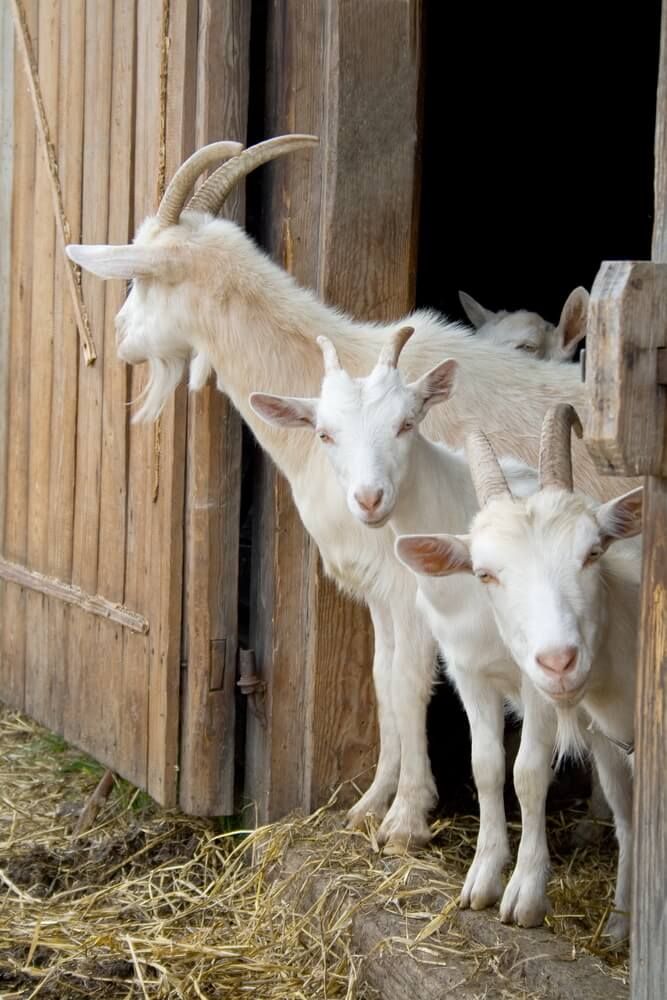
How to Tell a Kid Goat’s Age By Its Teeth?
Goat kids are born with a pair of baby incisors – the central ones. The following ones appear from the center outwards. The second pair erupts at 1 to 2 weeks, the third at 2 to 3 weeks, and the final fourth pair at 3 to 4 weeks of the kid’s age. So, the formula is one pair weekly. They also develop three baby molar pairs – but no molars.
The goat’s deciduous teeth also wear down in time and become spread out.
Replacing worn-down baby teeth with permanent ones begins at around 12 months from the center and outwards, just like with human kids. However, the pace of the change is much slower.
On average:
- The (first) middle pair of incisors will be lost and replaced at ~12 months.
- The second pair gets replaced at 1.5 to 2 years of age.
- The third pair gets replaced at 2.5. to 3 years of age.
- The fourth pair gets replaced at 3.5 to 4 years, and the animal of that age is called a full mouth.
So, the rough formula is pretty simple. A young goat with one pair of permanent incisors is about one year old. With two incisors, it’s two years old. Three means three years, and four signalize (surprise!) a four-year-old.
How to Tell an Adult Goat’s Age?
Juvie goats are so adorable that they often make the first choice for novel farmers.
However, you may run into an opportunity to buy a healthy adult goat, a proven producer. How can you tell an adult goat’s age by looking at its teeth?
Telling the exact age of a fully adult or an elderly goat by looking at its teeth is trickier than with kids and young goats. Although they can’t tell you the precise goat’s birthday, here are some cues to try and approximate.
At four years old, the goat has all its teeth – all eight of them along the bottom front. In most cases, at this point, the teeth are healthy and in line, with no spacing between them.
However, since goats are ruminants and chew on stuff constantly, the adult teeth will start to spread out and wear down (that is, get smaller and smaller) pretty quickly.
Therefore:
- The goat sporting a complete set of teeth that seem slightly worn is likely 4+ years old.
- Spreading teeth signal a goat that is 5+ years old.
- A jaw with lost, broken, and small teeth indicate a 6+-year-old.
Goats with teeth almost wholly worn down are somewhat unkindly referred to as broken-mouthed. (I say it’s unfair because people lose their teeth too, and no one calls them broken-mouthed – just because we have dentists to cover it all up!) These animals have likely reached the age of 10 or more – or are younger but had a tough life or rough nutrition.

More Ways to Tell a Goat’s Age
The goat’s body shows other indications of age besides the teeth. However, remember that these might also get impacted by the goat’s genetics, quality of life, or health issues.
- Young mature goats are rounder in the neck and hip area, with a prominent muscle tone. However, you should be familiar with your goat’s type and breed to tell the difference between full and skinny.
- The muzzles become fuller and rounder as goats mature, peaking in young adulthood.
- Goat horns become longer and more curved with age, with the most substantial development in the first two years; after that, the growth becomes thicker but not so much elongated. In breeds with large horns – you can tell the different growing seasons by the horn’s texture.
- The joints (kneecaps) on the kid’s and yearling’s legs are well-furred but form calluses as goats age; most goats develop calluses by age two, but large formations can also indicate uncomfortable living conditions.
- Bearded goat beards can get thicker and longer with age.
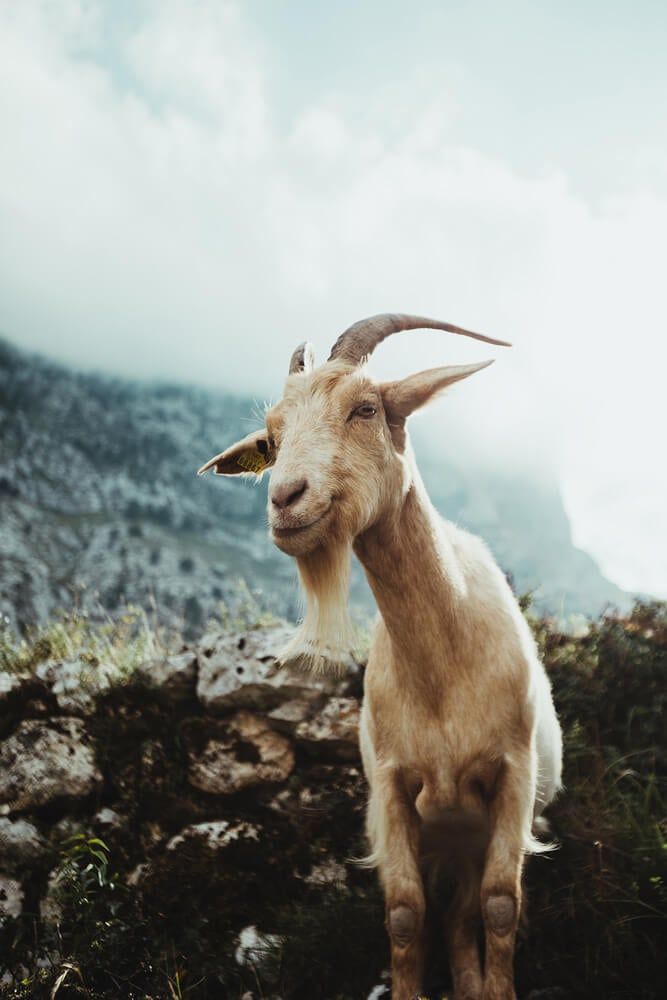
Other Goat Age FAQs
Besides the lifespan, there are many other questions regarding your fave ruminant’s age. Thus, there is a need for a what-to-expect guide for goats.
No worries. We made one for you. Here it is!
What Is the Best Age to Breed a Goat?
If you’ve been wondering when to breed a goat – the answer is not before the first birthday, but it’s best to wait until around 18 months.
However, the best age depends on the breed and the animal’s condition. Usually, a young doe should reach 70 to 75 percent of its adult weight before becoming a momma for the first time.

How Old Can a Goat Breed?
Does can stay productive for most of their lives. However, if you want to breed your goat after 10, there is a much greater risk of pregnancy-related health issues and death.
What Is the Best Milking Age for Goats?
Goats are animals that are slow to mature. Although they can breed from when they’re just several months old, does reach their peak milk production at 5 to 7 years old.
What Is the Best Goat Age for Butchering?
When talking about goat lifespan, most people (myself included) wonder about the average farm goat – the one whose primary homestead role is to deliver a modest amount of milk or perhaps is even just a pet.
However, as you probably know, some goats are meant for meat production and have severely reduced lifespans.
Meat goats are usually slaughtered at only 3 to 5 months when they reach the weight of 25 to 50 pounds. Some farmers will wait until kids get heavier, but most get butchered at less than a year old.
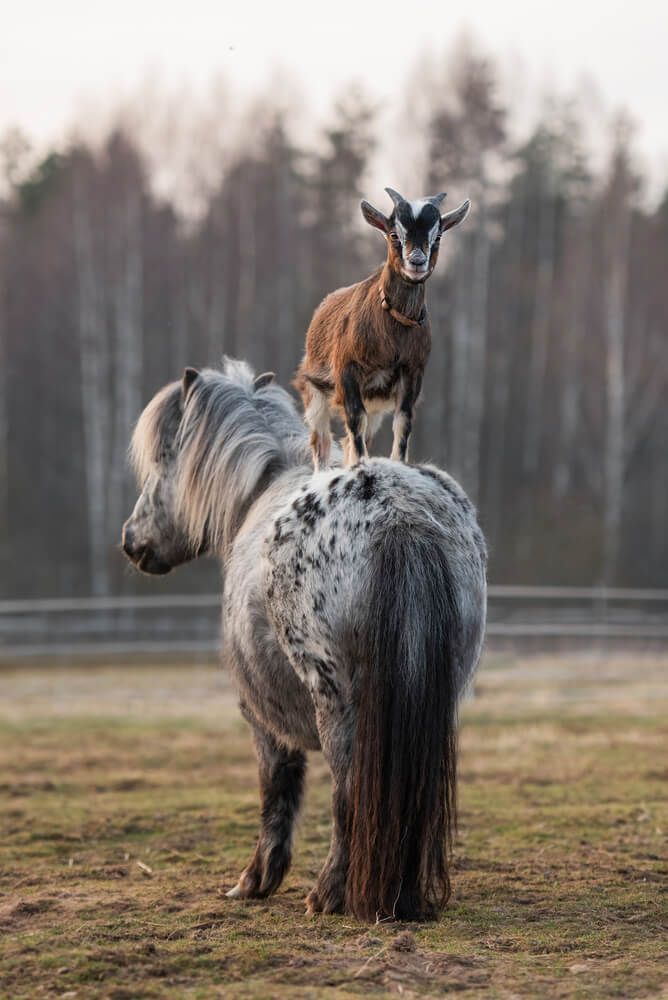
Conclusion
We’ve reached the end of our goat age discussion, and hopefully, you’re not wondering how long goats live anymore. As you can see, the goat’s lifespan has its natural limitations but also depends on the quality of animal husbandry you can provide.
Although it is possible to tell a goat’s age by their bodily signs such as teeth formula and quality, poorly managed goats will age prematurely. Thus, you may encounter a 6-year-old, supposedly at its prime but poorly kept, that is still effectively older than a well-cared-for 7-or 8-year-old.
In short – forget about ageism and take good care of your goatees if you want them to live long and prosper.
Thanks for reading.
And if you have questions about goat lifespan, farmyard healthcare, or tips about keeping your goat healthy, please share!
And have a great day.
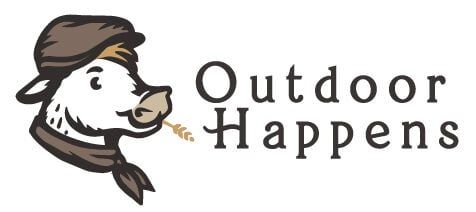
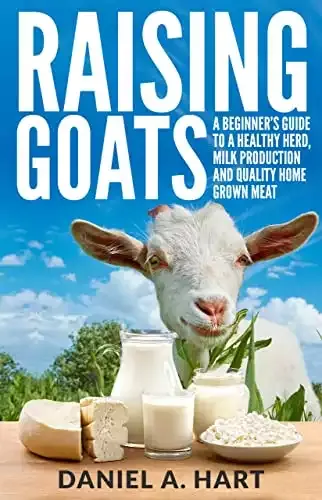
![The Best Goats for Beginners [Top Breeds for Dairy, Meat, and Pets!]](https://69be7209.flyingcdn.com/wp-content/cache/flying-press/4L4fdXmH0ZI-hqdefault.webp)
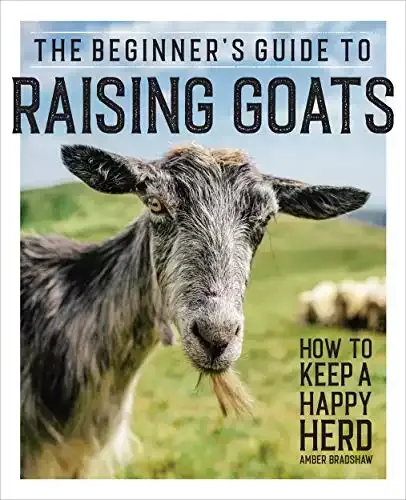
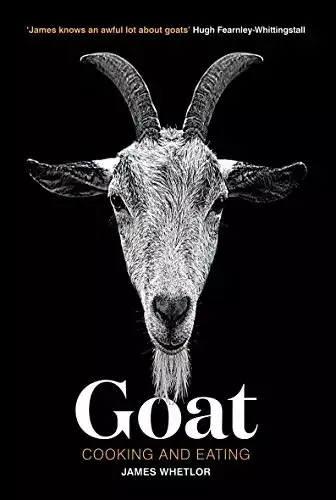
![Best Pig Bedding Materials Explained [Hay vs Straw vs Leaves!]](https://69be7209.flyingcdn.com/wp-content/uploads/2022/05/adorable-baby-piglet-resting-in-straw-bedding-768x512.jpg)
![8+ Bugs That Look Like Fleas! [Ticks, Bed Bugs, and Carpet Beetles!]](https://69be7209.flyingcdn.com/wp-content/uploads/2023/04/nasty-and-unsightly-flea-infestation-on-dog-768x512.jpg)
![15 Black and White Cow Breeds [Dairy and Beef Cows!]](https://69be7209.flyingcdn.com/wp-content/uploads/2022/11/british-white-cow-with-clouds-in-background-768x512.jpg)

![Can Cows Eat Clover? [Clover Forage, Toxicity, and Bloat]](https://69be7209.flyingcdn.com/wp-content/uploads/2022/09/cow-herd-snacking-on-clover-forage-pasture-768x514.jpg)
![The Ultimate Guide to Lowline Mini Angus Cattle! [Size, Cost, and Pros & Cons!]](https://69be7209.flyingcdn.com/wp-content/uploads/2023/07/QT-and-Sunny-Australian-Lowline-Heifer-Cow-With-Calf-8-768x432.jpeg)